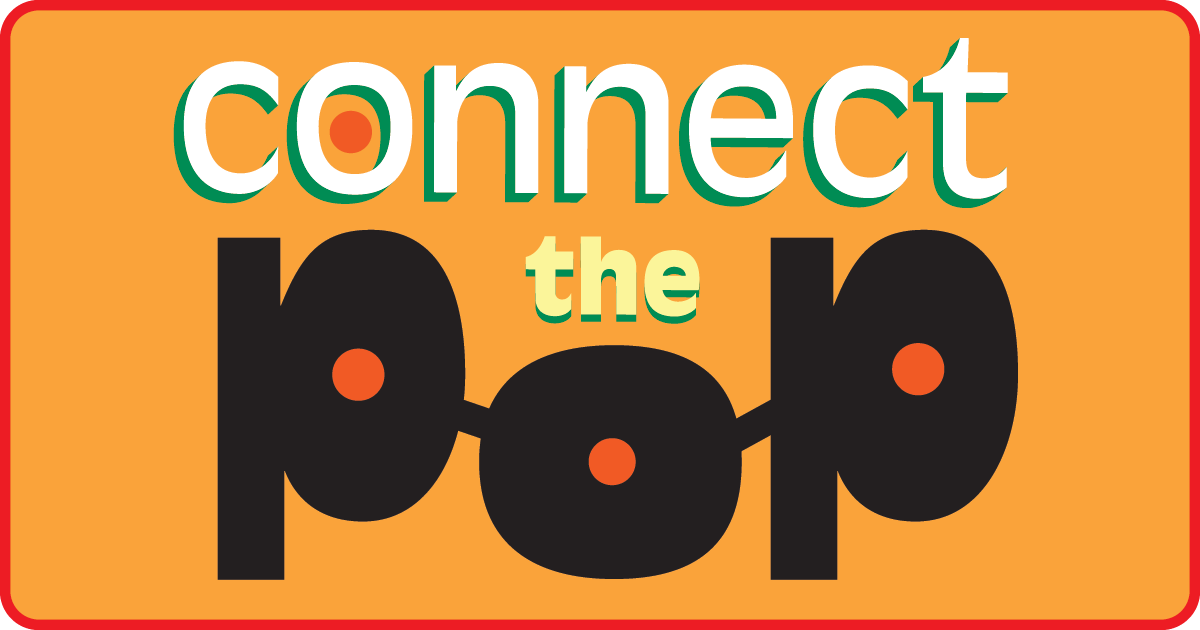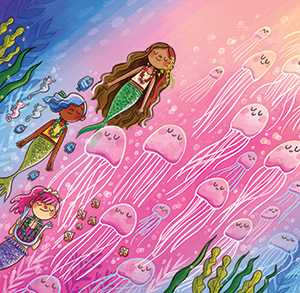SCROLL DOWN TO READ THE POST
Moriarty, Hannibal, and Despicable Me: How We End Up Rooting for the Bad Guy

Sometimes the timing just works out.
This past week has seen both the season finale of Hannibal and the bow of Image Comics’ deluxe edition of Moriarty, which collects all of writer Daniel Corey’s impressive work to date on the Sherlock Holmes nemesis. Next week holiday audiences will be treated to Despicable Me 2, the sequel to a popular 2010 movie that taught us that nefarious villains perhaps need only act as father surrogates to cute orphans to undergo a moral makeover.
The phenomenon of a reformed “bad guy” is of course nothing new. Another 2010 release, Megamind, argued that what a villain needs more than anything else is a challenge, with morality a secondary consideration. Corey’s take on Professor James Moriarty also uses this thematic maneuver: taking place two decades after Holmes’ death at the Reichenbach Falls, Moriarty posits the Napoleon of Crime as never fully recovering from the loss of his adversary. As a result, he has given up his underworld empire and instead works as a pseudo-Holmesian figure himself, a freelance consultant to various sinister schemers on the eve of the Great War.
ADVERTISEMENT
ADVERTISEMENT
Such a quick description of the Moriarty comics series hardly does justice to Corey’s complex narrative and highly literate script (not to mention Anthony Diecidue’s fiercely evocative art, which depicts the title character as a kind of cross between Wolverine and a beardless Abraham Lincoln). However, from the premise alone one can get a sense of some fairly common pop culture strategies involved whenever bad guys become celebrated figures.
First, there’s the intellectual “game” of being a masterful criminal, and this holds an appeal beyond, apparently, the mere doing of nasty things to people. Second, there’s a kind of psychological symbiosis between the ostensible hero and the now-central villain: the two are shown are necessary complements, so close in some ways that they are not two coins of the same coin but both featured on both sides of that coin. This theme is present, and effective, throughout Moriarty, and in an especially memorable dream sequence Corey makes it explicit as Moriarty is shown with Watson and Mrs. Hudson at the famous Baker Street digs.* (All of this said, Moriarty doesn’t just recast everything in the Holmes canon in a simple-minded pastiche but fashions its own deliciously pulpy globe-hopping saga.) Finally, while Moriarty is hardly shown to be a saint, his chief misdeeds clearly occurred in the past—that is, brutal and amoral acts are not constantly thrust in the audience’s face at the same time we’re being asked to temper our view of the character with a bit of admiration, if not sympathy.

Now, forgive me if I’m missing something here, but aren’t all of these strategies also employed by Hannibal? Certainly the gruesome murders that Dr. Lecter commits are not framed as past deeds, but they are carefully and consistently presented off-screen. The exceptions are when the title character runs up against another killer and acts in self-defense. But as far as “innocent” victims are concerned, the show always cuts to a commercial or rolls the credits just before we have a chance to be eyewitness to his bloody acts. Not so with good guy Will Graham, whom we repeatedly see committing on-screen murders in the form of the mindscreen segments that show him assuming the role of the actual killer in order to understand chronology and motivation. Already, then, the psychological proximity of “good” and “bad” is suggested, and this is compounded by the role reversal that ultimately sees Will blamed for Hannibal’s crimes, not to mention that the two are frequently characterized as “friends.” The fact that Hannibal always seem to be having fun with the high stakes cat-and-mouse games, not just into sadism and mayhem for their own sake, is just icing on the cake: he’s doing some very, very, bad things, we tell ourselves, but he’s also strangely admirable… otherwise, why name the series after him?
So how does Despicable Me 2 fit into this picture? I’m not sure yet, but that’s one of the filters through which I’ll be viewing it when I bring my kids next week. And you might want to coach any older siblings who are dragged to theaters to use the opportunity to conduct the same kind of critical—and self-critical—inquiry: how do pop culture texts encourage me to root for the bad guy? And is there anything wrong with that? In short, it’s fine to continue to teach the protagonist-antagonist structural duality of literature, and to examine the very real differences in values that heroes and villains embody… but it also might be a good idea to introduce some introspection and the notion of deeper levels of affinity between supposed opposites. It’s okay to find the villain appealing in certain respects—in fact, much of pop culture depends on our doing just that.
- A near-perfect marketing image for ‘Despicable Me 2’: the sinister and the cute juxtaposed, with the latter (representing the child audience) enthralled by the former.
*as a bonus, the hardcover collection contains the script pages for this scene; and you may already know how I feel about using scripts as teaching tools.
Filed under: Comics, English, Media Literacy, Movies, Television, Transliteracy
About Peter Gutierrez
A former middle school teacher, Peter Gutierrez has spent the past 20 years developing curriculum as well as working in, and writing about, various branches of pop culture. You can sample way too many of his thoughts about media and media literacy via Twitter: @Peter_Gutierrez
ADVERTISEMENT
SLJ Blog Network
2024 Books from Pura Belpré Winners
In Memorium: The Great Étienne Delessert Passes Away
Winnie-The-Pooh | Review
Crafting the Audacity, One Work at a Time, a guest post by author Brittany N. Williams
The Classroom Bookshelf is Moving
ADVERTISEMENT
ADVERTISEMENT






